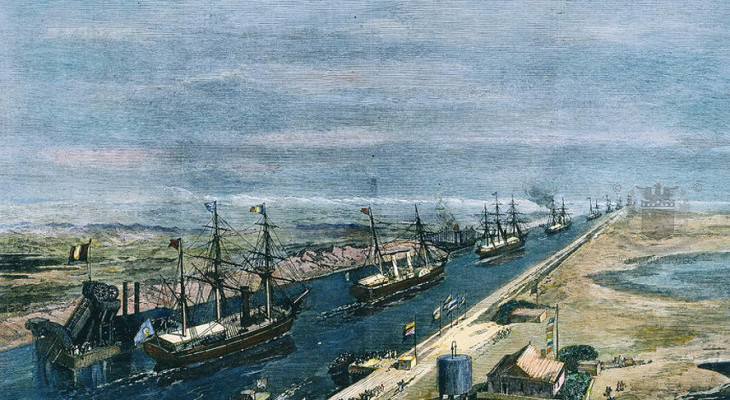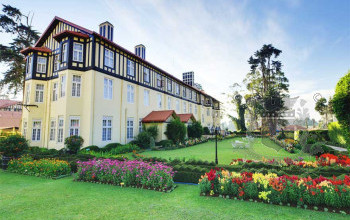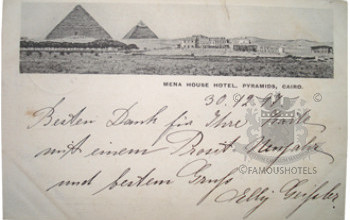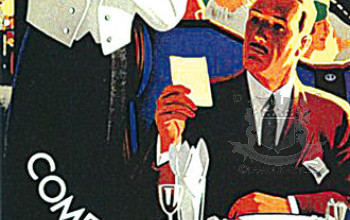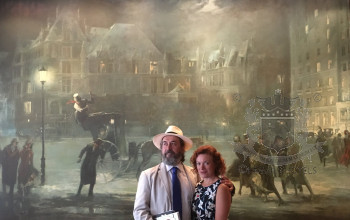Negrelli and Lesseps: Suez Canal
( words)

17 November 1869:
Two convoys of ships entered the canal, one from its southern and the other one from its northern point, and met at Ismailia. The Imperial yacht ‘Laigle’, carrying Empress Eugenie and Ferdinand Lesseps, was the first to enter ‘Le imsah’. In Port Said, the extravaganza began with fireworks and a ball attended by six thousand people, including many heads of state. Among them Empress Eugénie, the Emperor of Austria, the Prince of Wales, the Prince of Prussia and the Prince of the Netherlands. The festivities continued for weeks.
The idea to link the Mediterranean Sea with the Red Sea to short-cut the waterway between Europe and Asia dates back to Necho II (610–595 BC), when a canal was built to join the Nile to the northern end of the Bitter Lakes (which lie between the two seas) at a cost of, reportedly, 100,000 lives. It was extended to the Red Sea by Ptolemy II Philadelphus (285–246 BC), and rebuilt, closed, opened and forgotten after around 780.
Pre-opening key dates of the Suez Canal:
1798: Napoleon Bonaparte – on his bloody trail through the Orient and toying with the idea of conquering British India – was maybe the first Frenchman to investigate the possibility of reviving the canal.
1833: A group of French intellectuals known as the Saint-Simoniens arrived in Cairo to study the Suez project, encountering problems with the difference in sea levels. Devastated by a plague epidemic, most of the twenty or so engineers returned to France. They did leave behind several enthusiasts of the canal, including the French vice-consul in Alexandria, a certain Ferdinand de Lesseps and Linant de Bellefonds.
1845: Lieutenant Thomas Waghorn carried the mail from Bombay to London in a record time of 30 days overland through Egypt, taking advantage of the obvious short cut through the isthmus of Suez.
1846: In Paris, the Saint-Simoniens created an association to study the possibility of the Suez Canal once again. By now it had been confirmed that no real difference in level existed between the Mediterranean and the Red Sea. Linant de Bellefonds drew up the technical report. Mohammed Ali, representing British interest, blocked any development.
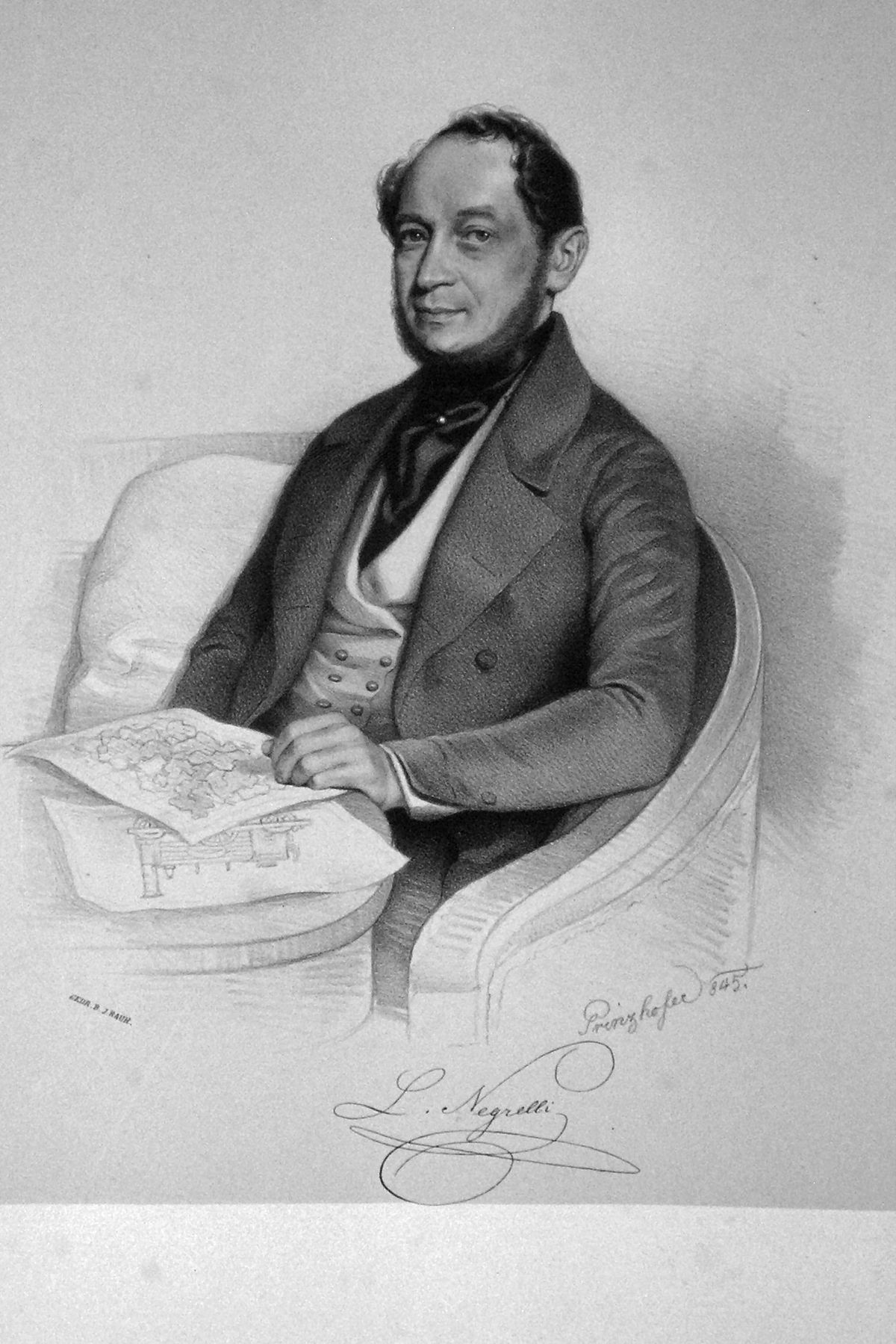
1855: The General Inspector of the Austro-Hungarian State Railway, Alois Negrelli, drew up the first acceptable plan to build the Suez Canal. His plan was chosen by a commission, which made Negrelli the technical director of the Suez Canal Enterprise.
1858: On 1 October, Negrelli died. Ferdinand Lesseps, the French Consul in Alexandria secured himself a Khedival concession and founded a company to build the Suez Canal. Napoleon III, Emperor of France, became the ‘Protector of the Company’. A group of British financiers tried to replace Lesseps’ firm with a British publicly owned company. Queen Victoria personally expressed to Napoleon her disquiet on the realisation of such a project. Everybody was aware of the strategic importance of the canal.
1859: The construction started.
1862: The first part of the canal was completed.
1863: Prince Jerôme Napoleon visited the construction works of the canal. Ismail Pasha succeeded Said Pasha as viceroy.
1864: Amid severe diplomatical difficulties with Queen Victoria’s England, Napoleon III praised the canal as ‘the first and greatest work of national importance driven merely by the initiative of individuals.’. However, it is still not completed!
1867: France provided a 100 million franc loan to see the affair brought to a successful conclusion. The former viceroy, Said Pasha, purchased 44 percent of the company to keep it in operation.
1869: On 17 November the barrage of the Suez plains reservoir was breached and the waters of the Mediterranean flowed into the Red Sea. The Suez Canal was complete, revolutionising the main-lines of international travel (before: England–Singapore 60–90 days, now 30 days).
*******
It is a myth that the Mena House Hotel at the Pyramides in Cario opened the same year as the canal. The hotel opened in 1886.
*******
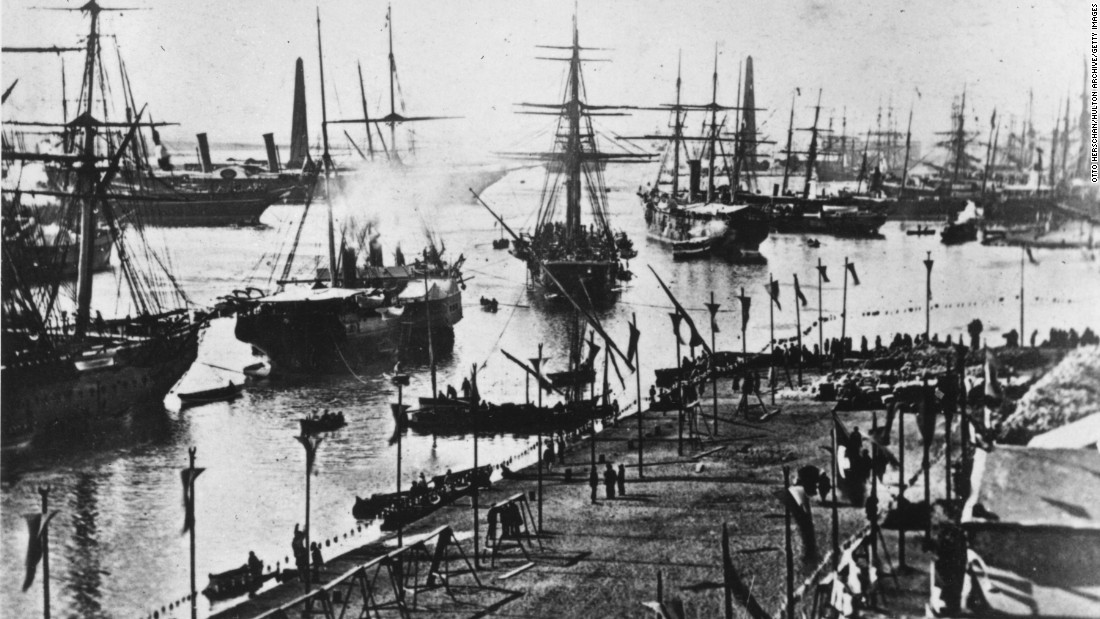
The big day: 17 November 1869: two convoys of ships entered the canal from its southern and northern points and met at Ismailia.
After opening key-dates:
1874: 1,274 vessels plied the canal; three out of four were British.
1875: The British government purchased the Khedive’s shares for £4m. Modern History:
1956, 26 July: Nasser announced the nationalisation of the Suez Canal. Overnight, he became the undisputed liberator not only of Egypt, but of the Arab world. On 29 October, Israel invaded Sinai. Two days later, British and French forces bombed Egyptian airfields, and on 5 November landed in Port Said. Resistance in the Suez Canal Zone, a Soviet ultimatum, and immense US pressure finally forced the three governments to withdraw their forces. The Suez War was a great victory for Nasser, the Arabs and the Third World.
1967: ‘Six-Day’ War: the canal suffered extensive damage.
2015: Opening of the ‘new’, broader Suezcanal. Introducing two-way traffic.

